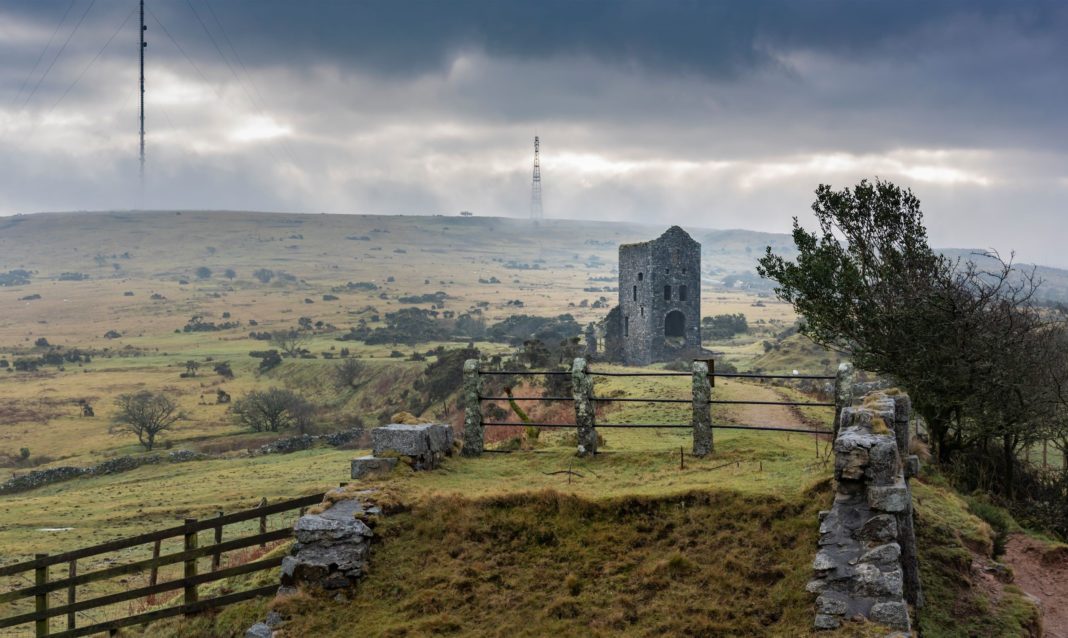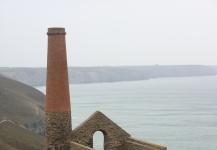The Cornish Mining World Heritage Site (WHS) has released a draft copy of its latest extensive management plan for comment and it includes proposals for sustainable development that supports ‘people and the planet’ while protecting historical assets
The site is of international importance, as recognised by UNESCO in 2006. It is the largest industrial WHS in the UK, with ten former mining areas across Cornwall and west Devon covering 20,000 hectares.
These areas contain the physical remains of hard-rock mining from the period between 1700 and 1914, when Cornish Mining had its greatest international impacts, driving forward industrial mining practices and engineering innovations not just in Britain, but around the world.
The Cornish Mining World Heritage Site Partnership Board has produced the management plan, which sets out its proposed key actions for the next five years, on behalf of the Government. The team are now inviting people to provide comments, suggestions and feedback, particularly on new policies designed to support environmental growth and reduction in carbon emissions.
When finalised, the plan will be adopted by the partner local authorities and will inform the management of the internationally important historic mining landscapes across Cornwall and west Devon.
Julian German, chair of the partnership board, said: “All of the World Heritage Site partner councils have declared an ambition to work towards reducing carbon emissions to zero over the next 10-20 years.
“The WHS Management Plan for 2020-2025 has responded by focussing on how we can manage the mining landscapes to support sustainable development that looks after the needs of both people and the planet.
“The United Nations Sustainable Development Goals, which define how economic development can be made fairer to all, whilst respecting the environment we depend on, are the motivation for our proposed plans.
“We want to assist the delivery of the climate change mitigation plans of our local partners and the efforts to restore the quality of the environment we live in, increase understanding of how the mining landscapes in the WHS can contribute to climate and ecological resilience and maintain them as an important wildlife habitat.”
To view the documents and comment before the end of August, visit the partnership’s website www.cornishmining.org.uk.









